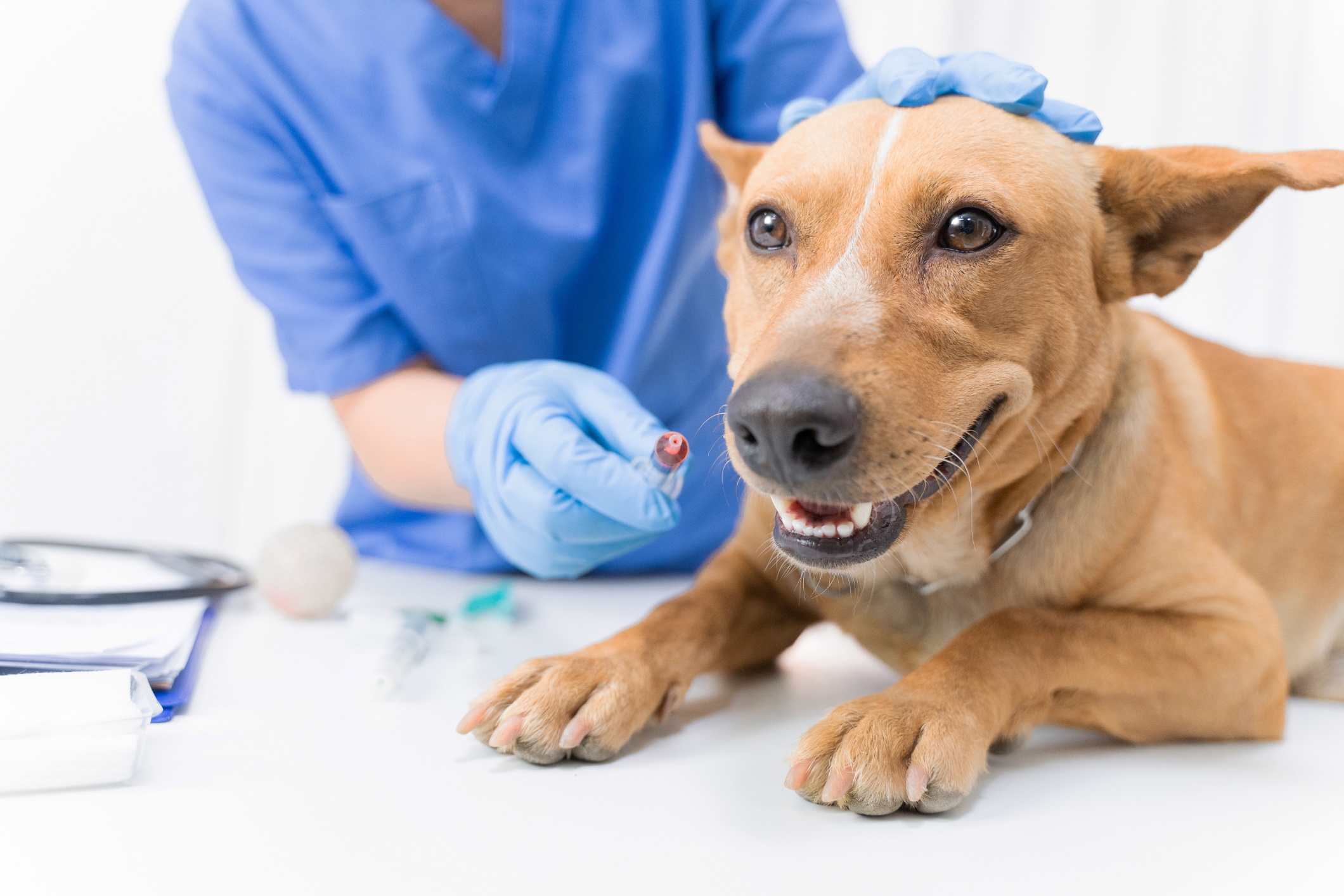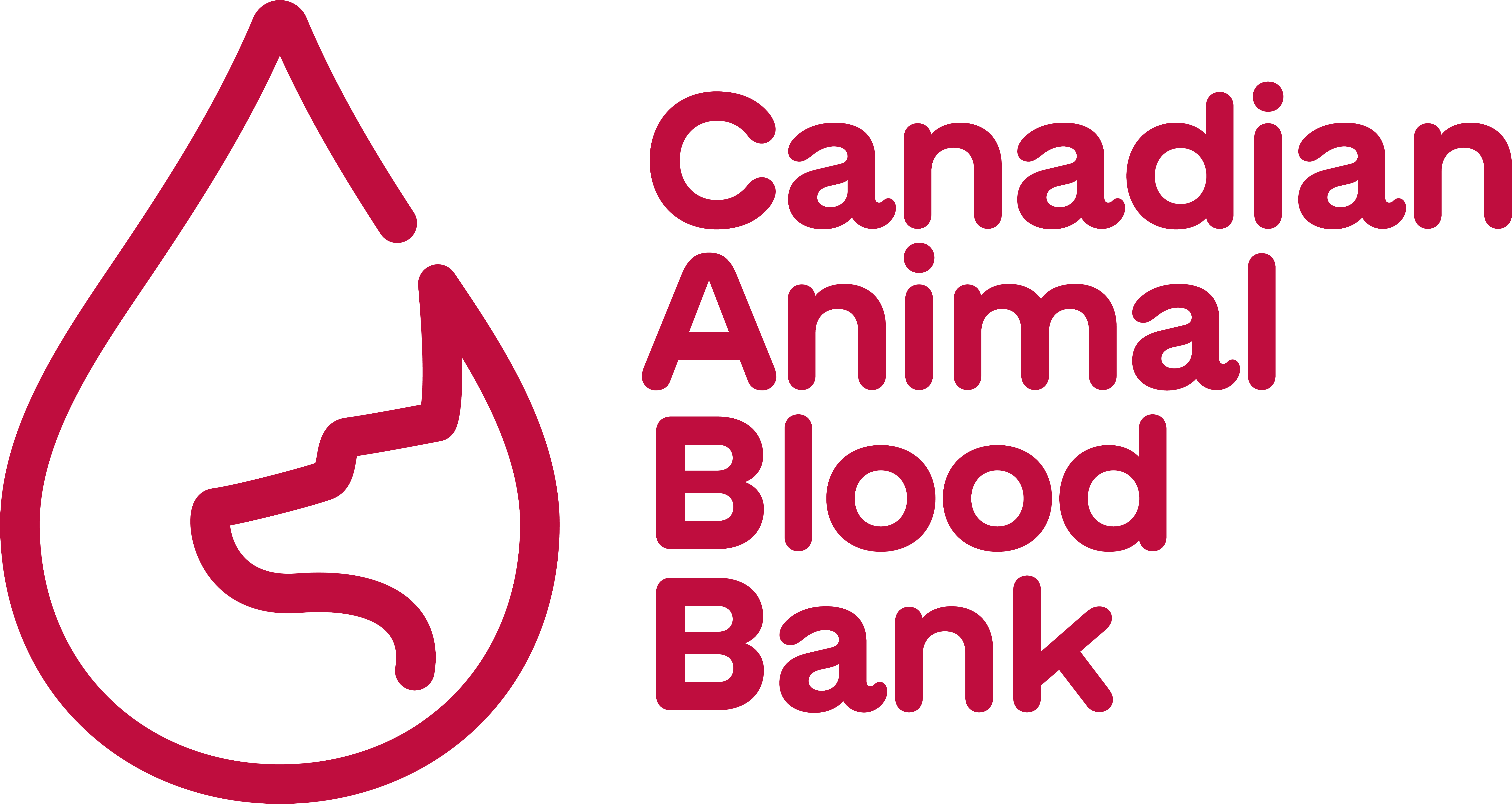
Blood transfusions are a critical component of veterinary care, particularly in emergency and ICU settings. In dogs, the decision to use DEA 1+ or DEA 1- blood can significantly impact patient outcomes and the sustainability of blood bank resources. While many veterinary professionals understand the importance of blood typing, the nuances of selecting between DEA 1+ and DEA 1- blood may not always be clear. This article aims to clarify these choices, emphasizing the importance of fostering type-specific blood transfusions in dogs to preserve the precious supply of DEA 1- blood.
Understanding DEA 1 Antigen and Its Significance
The DEA 1 (Dog Erythrocyte Antigen 1) blood group is the most clinically significant blood group in dogs. The incidence of the DEA 1 antigen varies by geographic location and breed, but overall, approximately 50% of dogs are DEA 1+. Breeds like Saint Bernards have a higher incidence of DEA 1 positivity, while others such as Boxers, German Shepherds, Doberman Pinschers, and Greyhounds are more likely to be DEA 1-. Currently, the Canadian Animal Blood Bank (CABB) has approximately 1481 (42%) active donors that are DEA 1- and 2053 (58%) that are DEA 1+.
DEA 1 is highly antigenic, meaning it can trigger a strong immune response if a dog that is DEA 1- receives DEA 1+ blood. While DEA 1- dogs do not have naturally occurring anti-DEA 1 alloantibodies, the transfusion of DEA 1+ red blood cells (RBCs) to a DEA 1- dog can result in the formation of these antibodies within just 3-4 days. This can lead to severe transfusion reactions if the dog needs a subsequent transfusion.
The Current Landscape of DEA 1 Blood Supply and Demand
A review of blood bank statistics reveals a concerning trend: DEA 1- blood is frequently in higher demand than it is supplied. Between January and June 2024, the CABB had 671 orders for DEA 1- blood of which only 637 (95%) could be filled. Conversely, there were 583 orders for DEA 1+ blood, which was exceeded by the 684 DEA 1+ units that were collected. That resulted in a discard of approximately 15% of the collected DEA 1+ units.
The discrepancy between the amount of DEA 1- blood ordered versus what is collected and filled highlights the strain on the DEA 1- blood supply. In many cases, veterinary professionals may not have access to DEA 1- blood, simply because the latter is unavailable.
This situation underscores the importance of type-specific blood transfusions. By ordering and utilizing both DEA 1+ and DEA 1- blood based on your caseload, you can help ensure that DEA 1- blood is available when it’s truly needed, such as for DEA 1- patients who are at risk of developing alloantibodies.
Why Order Both DEA 1+ and DEA 1- Blood?
- Preservation of DEA 1- Blood Supply: DEA 1- blood is a limited resource. By reserving it for dogs that are DEA 1-, you help maintain an adequate supply for those who need it most. This is particularly important for breeds with a higher likelihood of being DEA 1-.
- Type-Specific Transfusions Improve Outcomes: Ideally, all dogs should be DEA 1 blood typed before receiving a transfusion, with the blood type clearly noted in their medical record. This allows for type-specific transfusions, which are safer and more effective. In life-threatening emergencies, if DEA 1- blood is used, typing can be delayed, but this should be an exception rather than the rule.
How to Implement Type-Specific Transfusions in Practice
- Stock Both DEA 1+ and DEA 1- Blood: Depending on your caseload, it may be beneficial to stock both types of blood. This ensures that you can provide type-specific transfusions as needed, preserving DEA 1- blood for those patients who truly require it.
- Routine Blood Typing: Make blood typing a routine part of your practice, using cageside tests that are readily available and provide DEA 1 blood type results within 5 minutes. This allows you to use the appropriate type of blood.
- Educate Your Team: Ensure that your veterinary team understands the importance of type-specific transfusions and the rationale behind ordering both DEA 1+ and DEA 1- blood. This knowledge will help them make informed decisions during emergencies.
- Communicate with Your Blood Bank: Stay in close contact with your blood bank to monitor the availability of DEA 1- blood and adjust your orders accordingly. If DEA 1- blood is in short supply, consider using DEA 1+ blood for DEA 1 positive patients to conserve the DEA 1- supply.
Conclusion
Choosing between DEA 1+ and DEA 1- blood in dogs is more than just a clinical decision; it’s a choice that impacts the broader veterinary community. By ordering and utilizing both types of blood based on your caseload, you can help foster type-specific transfusions, improve patient outcomes, and preserve the DEA 1- blood supply. In a field where every drop counts, making informed choices about blood transfusions can make all the difference.
Written by Marie Holowaychuk, DVM, Dipl. ACVECC who is a volunteer member of the Canadian Animal Blood Bank Board and co-editor of the Manual of Veterinary Transfusion Medicine and Blood Banking. She also passionately advocates for the mental health and wellbeing of veterinary professionals (www.marieholowaychuk.com).

